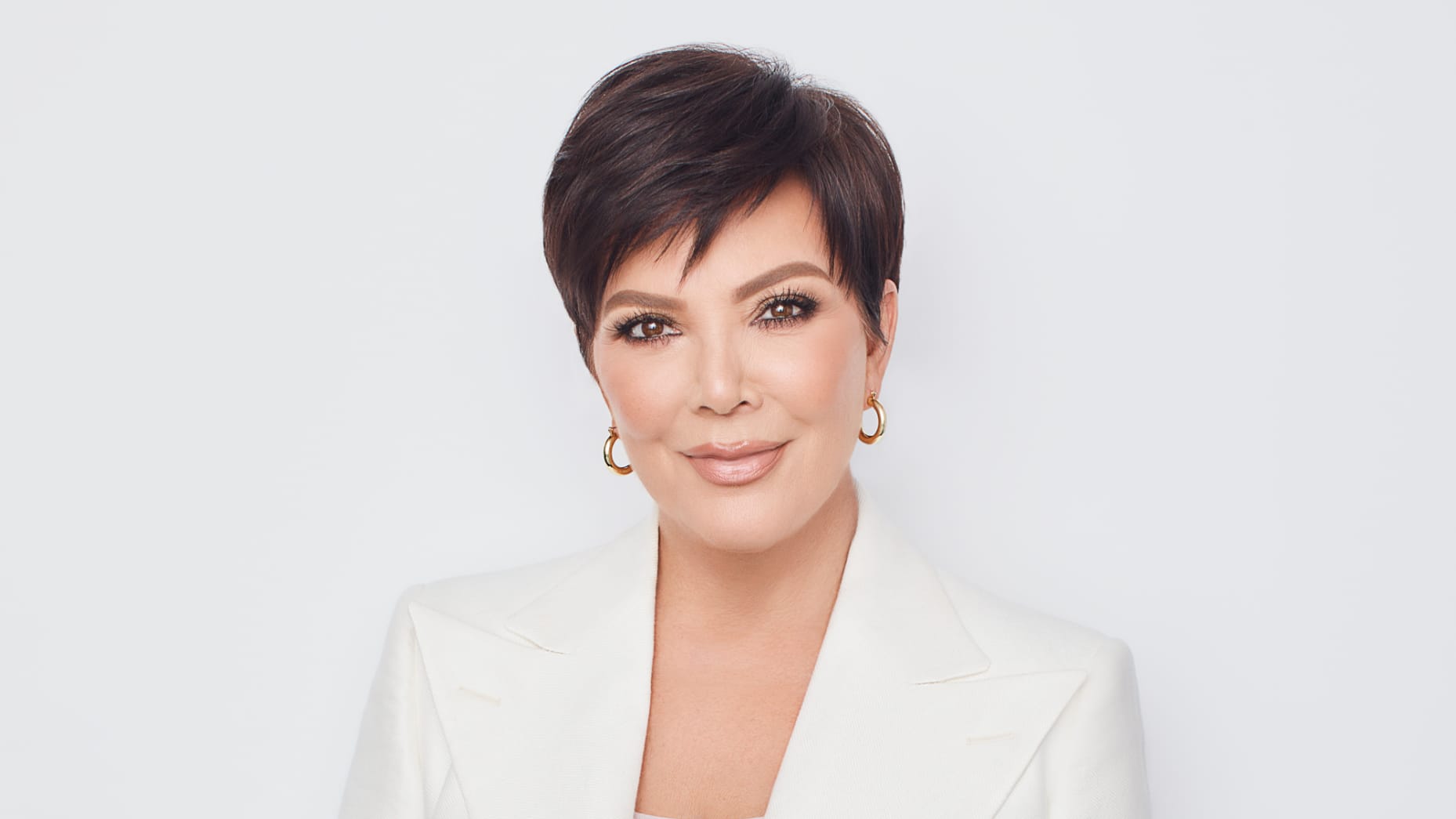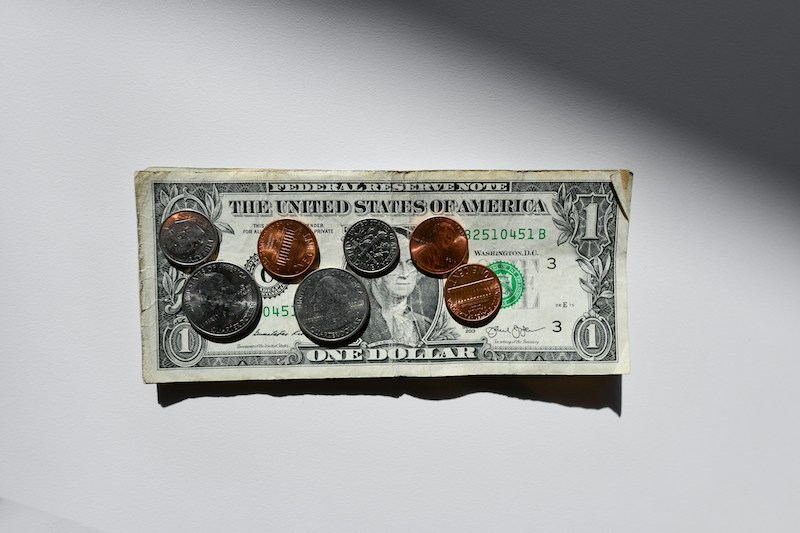Investing 101: A Little Brush-Up on the Rule of 72

Nov 08 | 2016

The rule of 72 is a simple and helpful math trick to help you calculate the number of years it will take to double your invested money. All it requires is a basic division problem that you can probably do in your head.
The equation is:
Number of years = 72 / compound annual interest rate
Time out—what’s the compound annual interest rate? It’s the annual rate of return on your investment, applied to the original principal and to the accumulated interest from previous periods. Compound interest is the engine that will boost your investment to its goal.
Here’s an example:
You want to double your investment in a mutual fund that you estimate will return 8% annually. Plug the interest rate (as “8”) into the equation:
# of years = 72 / 8
The answer is 9. This means that your money will double in 9 years with an average return of 8%.
The equation works in the other direction, too. If you want to calculate the interest rate needed to double your money in 12 years, you plug 12 into the left side of the equation:
12 = 72 / x
Divide 72 by 12 and the answer is 6. You’ll need an annual return of 6% to double your money in 12 years.
The rule of 72 provides an estimate that is extremely close to the exact answer for rates under about 11%. A few percentage points above that, it’s better to use 73; a few above that, 74; and so on.
The key to the equation and your returns is annually compounding interest. It works because the interest gained in the previous year grows your investment, boosting the return for the following year. The cycle continues to grow your investment, increasing returns proportionally.
In the first example above, it takes you 9 years to double your investment at an 8% average annual return rate. If your investment is $1,000, you will have $2,000 after 9 years with compounding interest.
Let’s say that your investment really did earn 8% every year (an average return rate doesn’t necessarily mean that this will happen, but that the end result will be the same as if it did). After 1 year, your investment has earned 8%, or $80.
Now, your investment is $1,080. You earn 8% the next year, too, but this time you’re earning 8% on $1,080, not $1,000. So your 8% return for the second year equals $86.40. Your investment has grown to $1,166.40 in two years. This is compound interest in action.
Its effect is drastic. If you’d decided to withdraw the return each year and spend it, instead of letting it compound, your returns would be much different. You still earn $80 after one year, but you take it home and spend it. Your investment stays at $1,000 for the second year, so you earn another $80 that you take home and spend.
You earn the same $80 every year for the nine years it should have taken you to double your money and what is your total return? $80 * 9 = $720. That’s $280 dollars less than you would’ve made with compounding interest. If your investment was $10,000, you would have lost $2,800.
That’s a significant difference. The rule of 72 uses the compound annual return rate to help you estimate length of time and rates of return for you to double your money. It’s a valuable tool to help you set investing goals that you can achieve.










